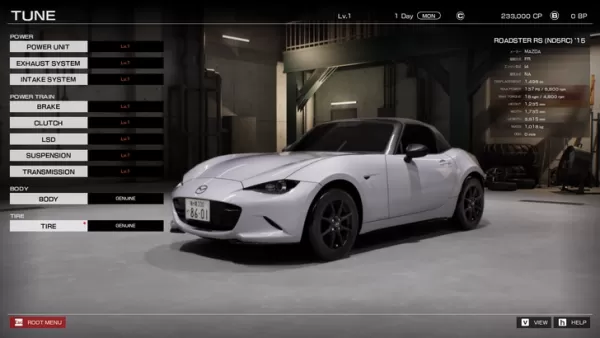Every couple of years, Nvidia introduces a groundbreaking graphics card that revolutionizes PC gaming, and the Nvidia GeForce RTX 5090 is no exception. However, its performance enhancement over the RTX 4090 may not meet the expectations in many games, particularly when DLSS Frame Generation is not considered. Yet, with the advent of Nvidia's next-generation DLSS technology, including both upscaling and frame generation, there's a significant leap in image quality and performance that surpasses what's typically expected from a new generation of graphics cards.
The upgrade potential of the Nvidia RTX 5090 largely depends on your gaming habits, the resolution you play at, and your comfort level with AI-generated frames. For gamers not using a 4K monitor with a 240Hz refresh rate, the upgrade might not seem worthwhile. However, for those equipped with high-end displays, the AI-generated frames can offer a glimpse into the future of gaming.
Nvidia GeForce RTX 5090 – Photos
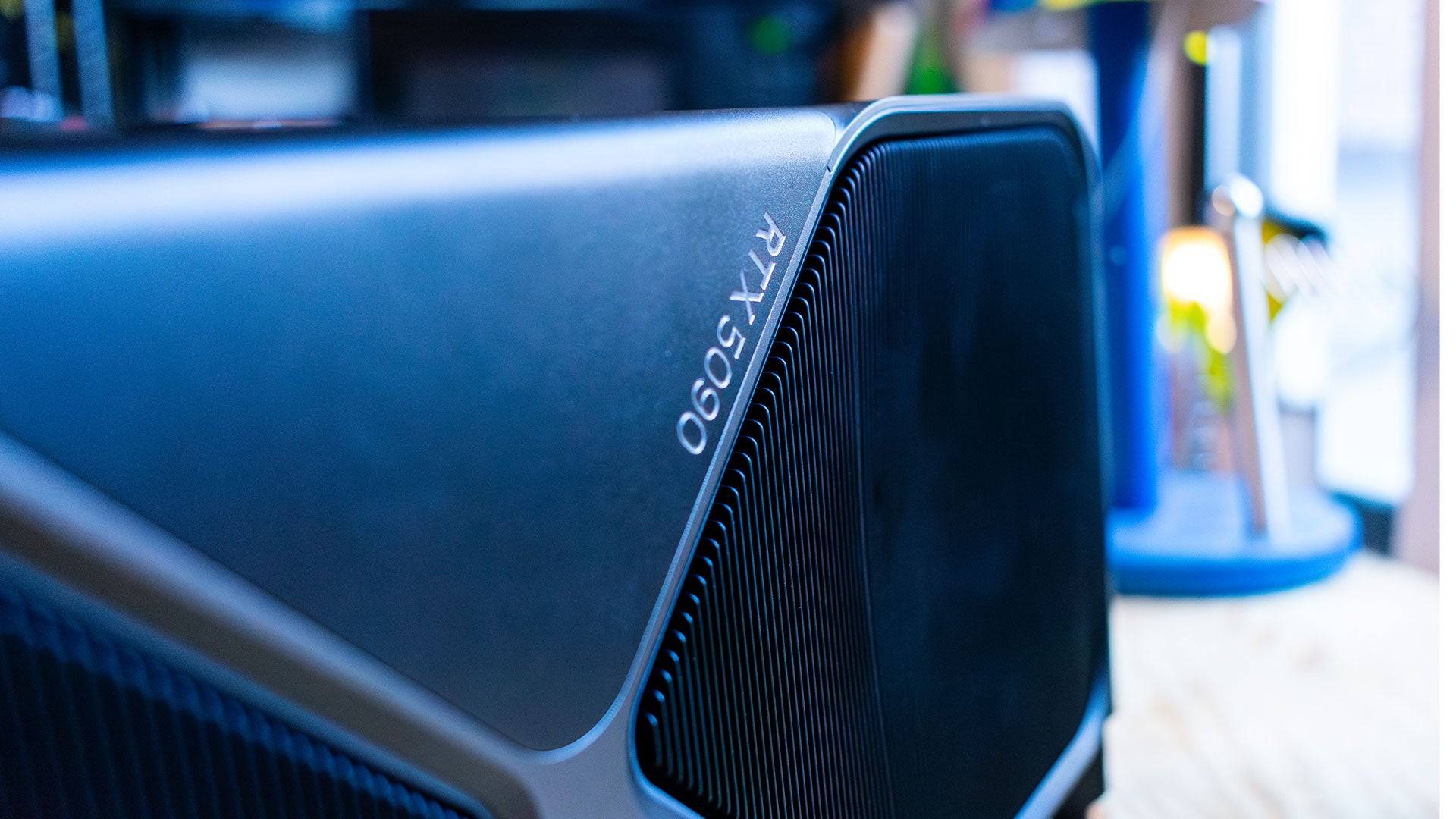
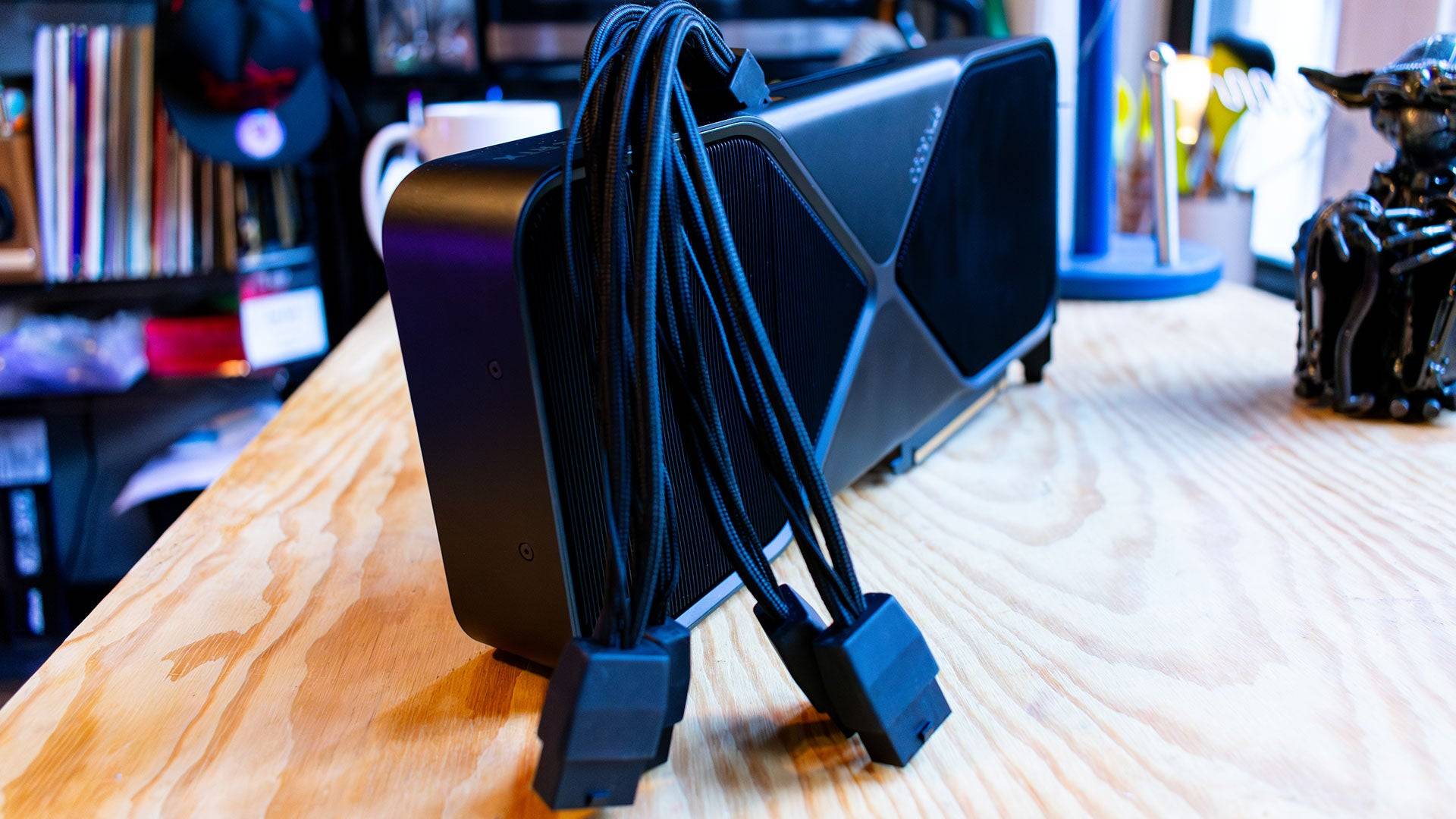 5 Images
5 Images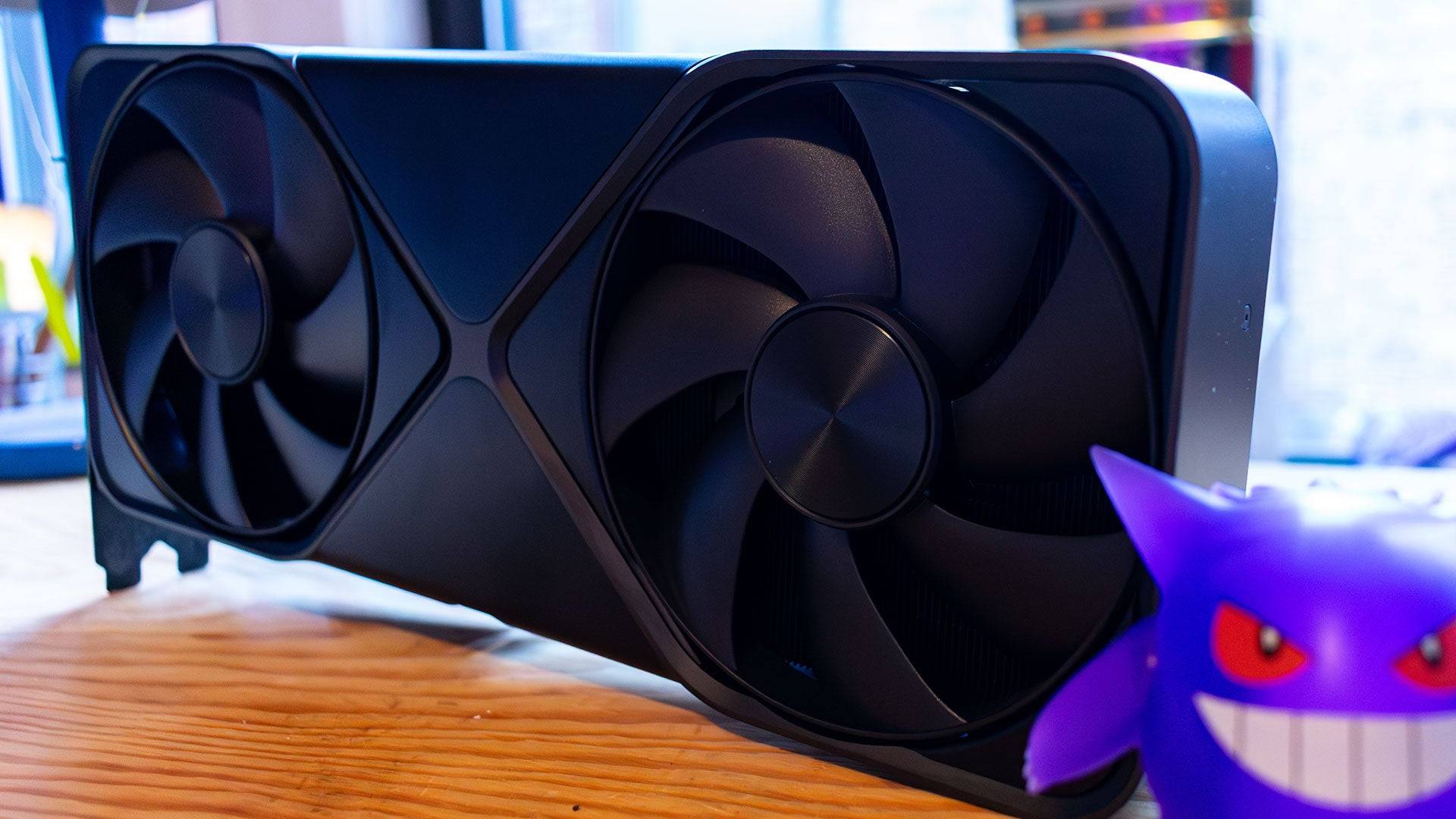
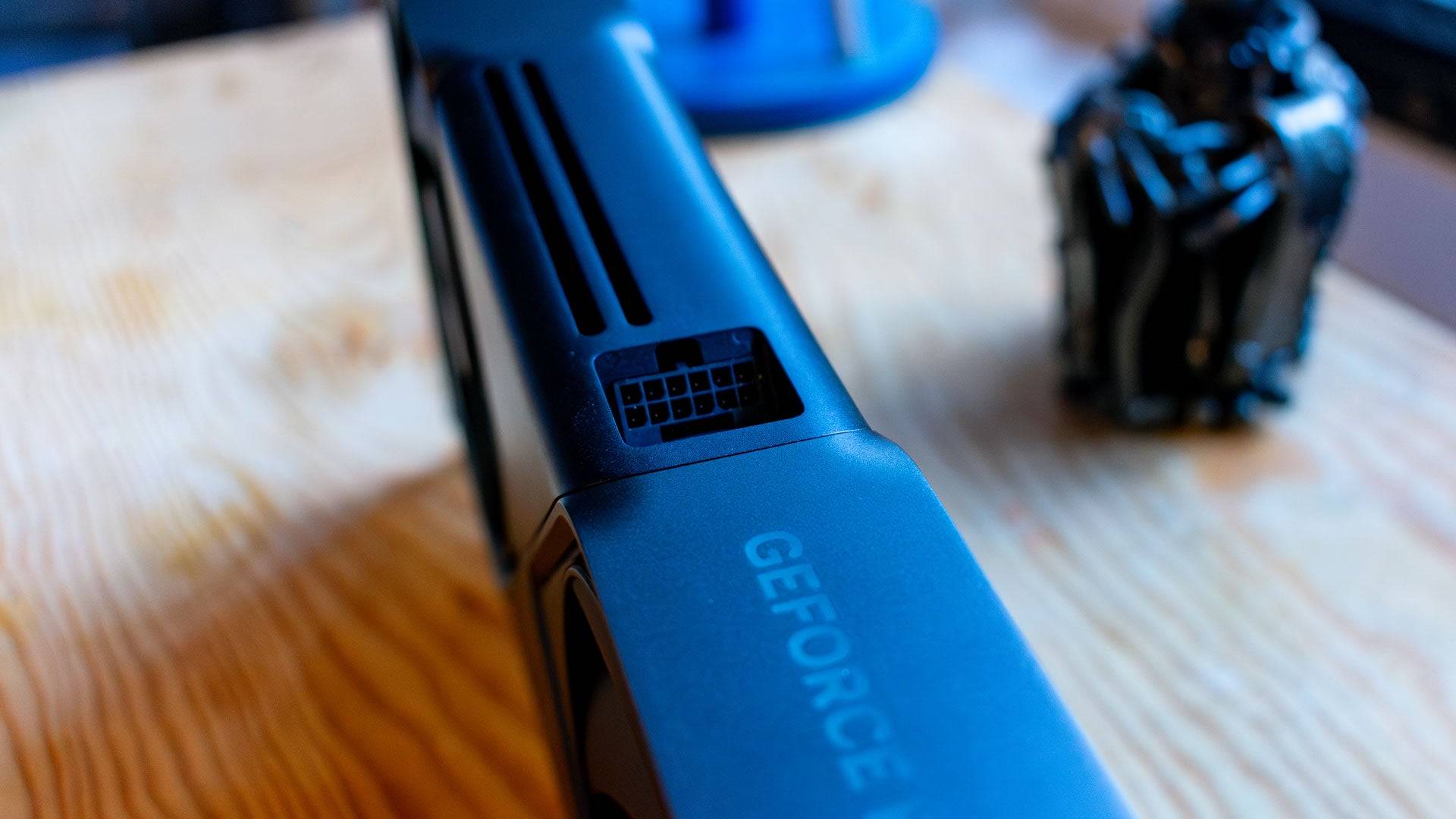
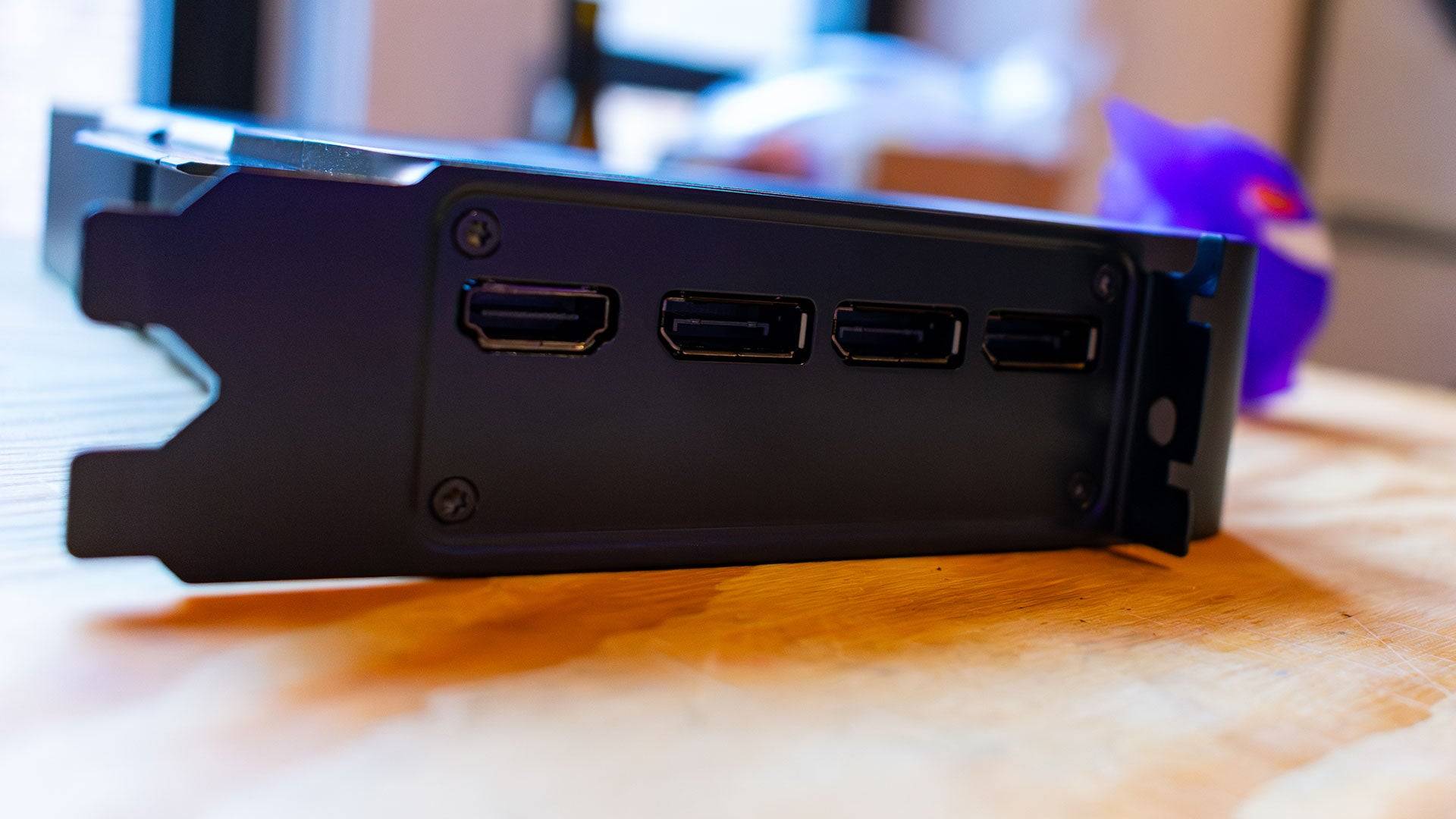
RTX 5090 – Specs and Features
Built on Nvidia's high-end Blackwell architecture, the Nvidia GeForce RTX 5090 harnesses the power behind many top AI models. This architecture is tailored to excel in AI tasks but also enhances traditional gaming performance. The RTX 5090 integrates more Streaming Multiprocessors (SMs) into its Graphics Processing Clusters (GPCs), boasting a 32% increase in CUDA cores to 21,760 from the RTX 4090's 16,384. This increase significantly boosts raw gaming performance.
Each SM includes four Tensor Cores and one RT Core, resulting in 680 Tensor Cores and 170 RT Cores, up from the RTX 4090's 512 and 128, respectively. The 5th-generation Tensor Cores enhance AI performance with support for FP4 operations, making AI workloads less VRAM-dependent. Coupled with 32GB of GDDR7 VRAM, this card marks a shift from the previous GDDR6X memory, offering better speed and power efficiency. Despite its impressive capabilities, the RTX 5090's power consumption is a notable 575W, a significant increase from the RTX 4090's already high demand.
Nvidia's shift to a Transformer Neural Network (TNN) for the DLSS algorithm, replacing the Convolutional Neural Network (CNN), aims to improve image quality and reduce artifacts like ghosting. Additionally, the introduction of Multi-Frame Generation enhances the frame generation technology from the RTX 4090, allowing for smoother and more efficient frame generation from each rendered image. This feature is best utilized when you're already achieving a decent frame rate.
Purchasing Guide
The Nvidia GeForce RTX 5090 will be available starting January 30, with the Founders Edition priced at $1,999. Be aware that third-party versions might be priced much higher.
The Founders Edition
With a power requirement of 575W, the RTX 5090 demands robust cooling solutions. Surprisingly, Nvidia has managed to fit this powerhouse into a dual-slot chassis with a dual-fan configuration, which is smaller than expected. During extensive testing, including gaming with DLSS 4 enabled, the card maintained temperatures up to 86°C without throttling, even at peak power consumption of 578W.
The RTX 5090's design features a compact PCB placed centrally, with fans positioned on either side and a heatsink running the card's width. Airflow is directed from the bottom through the top and out the PC case's exhaust fans. The card maintains a design language similar to previous generations, with a silver 'X' design and a gunmetal-gray chassis, complemented by a 'GeForce RTX' logo with white LED lighting.
The power connector is a new 12V-2x6 type, slightly more efficient than its predecessor. Nvidia includes an adapter that converts four 8-pin PCIe power connectors to meet the card's power needs. The angled placement of the power connector on the card simplifies installation and appears more secure.
This design allows the RTX 5090 to fit into smaller PC builds, unlike the larger RTX 4090 and 3090. However, third-party designs may be larger.
DLSS 4: Fake Frames?
Nvidia claims the RTX 5090 can boost performance up to 8x, though actual results are more modest. The real innovation lies in its ability to generate extra frames, thanks to DLSS 4's Multi-Frame Generation. This feature, along with the new AI Management Processor (AMP) core, efficiently assigns tasks across the GPU, traditionally handled by the CPU. This results in a 40% faster frame generation model that requires 30% less memory, capable of producing three AI frames per rendered frame.
To mitigate latency, the AMP runs a Flip Metering algorithm, which paces out frames to reduce input lag. This technology is not a magic solution but works best when paired with DLSS upscaling and a solid baseline frame rate. At launch, DLSS 4 will support a wide range of games already compatible with DLSS 3 Frame Generation.
Testing in Cyberpunk 2077 and Star Wars Outlaws showed impressive results. In Cyberpunk 2077 at 4K with the Ray Tracing Overdrive Preset and DLSS on Performance mode, the RTX 5090 achieved 94 fps, which increased to 286 fps with 4x frame generation. Similarly, Star Wars Outlaws saw frame rates jump from 120 fps to around 300 fps with DLSS 4 enabled. These results indicate that Multi-Frame Generation works effectively, particularly on high-end 4K displays, though it may not work flawlessly in every game.
RTX 5090 – Performance
The Nvidia GeForce RTX 5090 delivers a significant performance boost over its predecessor in synthetic benchmarks like 3DMark, with up to a 42% increase in both Speed Way and Port Royal tests. However, in real-world gaming scenarios, the RTX 5090 often faces CPU bottlenecks, even when paired with top-tier processors like the Ryzen 7 9800X3D.
In games like Call of Duty Black Ops 6 and Cyberpunk 2077, the performance increase over the RTX 4090 is only about 10% at 4K. Even without DLSS, in Metro Exodus: Enhanced Edition, the RTX 5090 offers a 25% improvement over the RTX 4090. In Red Dead Redemption 2, the uplift is a mere 6%, while Total War: Warhammer 3 shows a more promising 35% increase in performance.
However, the RTX 5090 did encounter issues in Assassin's Creed Mirage, suggesting potential driver-related problems. In Black Myth: Wukong, the RTX 5090 provided a 20% performance uplift over the RTX 4090, while in Forza Horizon 5, the difference was negligible due to CPU limitations.
While the RTX 5090 is the fastest consumer graphics card currently available, its performance in many current games does not fully justify an upgrade from the RTX 4090. Instead, it positions itself as a future-proof option, particularly for gamers interested in AI-powered gaming enhancements. For those not on the cutting edge, the RTX 4090 remains more than adequate for the next few years.



